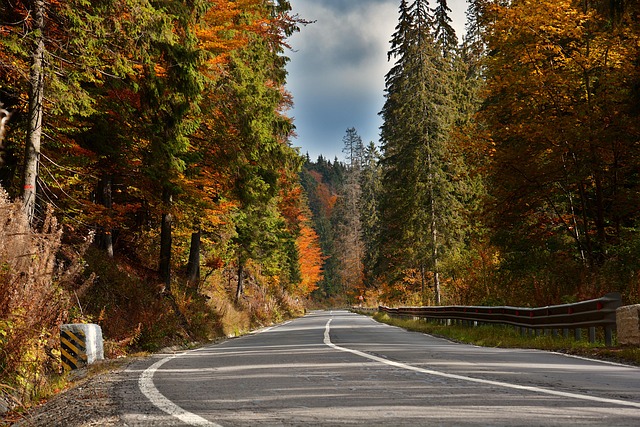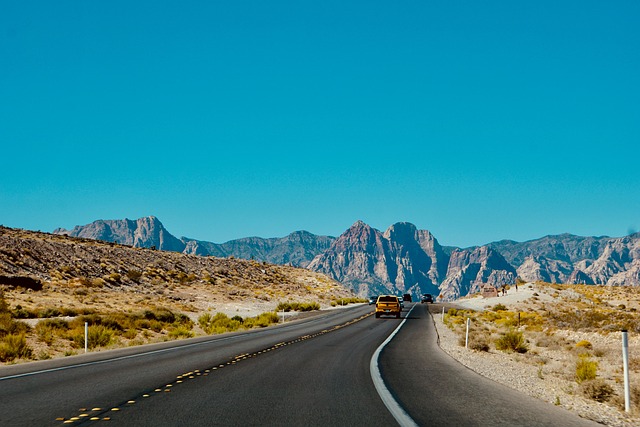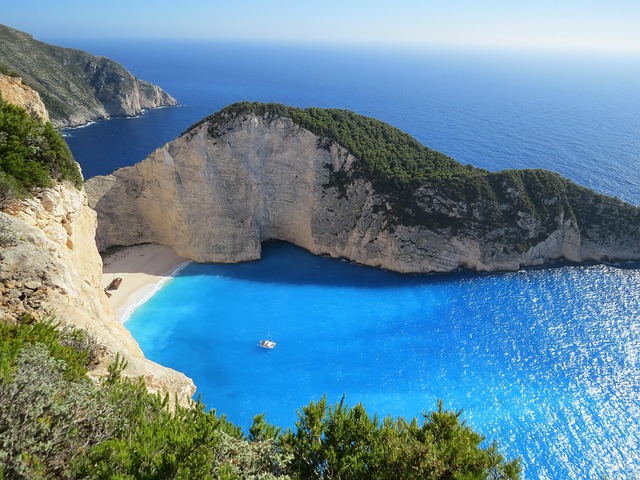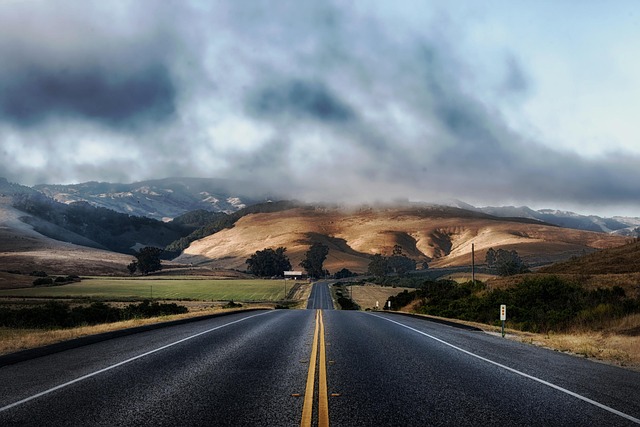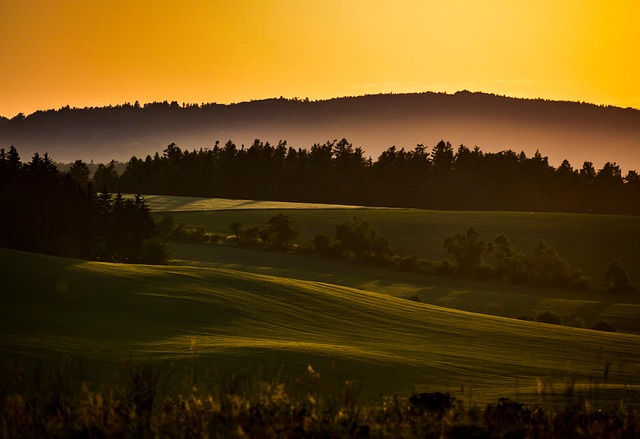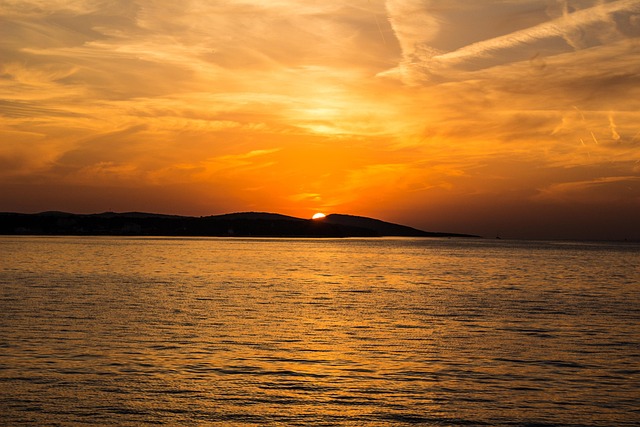Oregon's coastal regions are a biodiversity hotspot known for diverse ecosystems and unique flora and fauna along scenic routes. These areas feature lush forests, rugged shores, and intertidal zones teeming with wildlife like seals, sea lions, and migrating whales. The Oregon coastal routes are crucial corridors for wildlife migration and home to rare plant species such as Oregon grapes and towering redwood trees. Conservation efforts by local communities and organizations focus on promoting sustainable travel practices, habitat restoration, and creating sanctuaries to preserve the region's rich ecological diversity.
“Uncover the vibrant flora and fauna that line Oregon’s breathtaking coastal routes, particularly in and around Florence. This diverse ecosystem offers a captivating journey for nature enthusiasts and travelers alike. From unique plant species to thriving wildlife, these scenic paths are a haven for exploration.
Our article takes you on a virtual tour, revealing the hidden gems of Florence’s natural landscape. We’ll explore conservation efforts and sustainable travel practices that ensure this coastal paradise remains untouched, providing insights into responsible tourism on Oregon’s iconic routes.”
- Exploring Oregon's Coastal Biodiversity: A Journey Along the Routes
- Unique Flora and Fauna Encounters on Florence's Scenic Paths
- Conservation Efforts and Sustainable Travel Practices for Oregon Coastal Routes
Exploring Oregon's Coastal Biodiversity: A Journey Along the Routes

Oregon’s coastal regions are a biodiversity hotspot, offering an incredible array of flora and fauna along its scenic routes. As one ventures along these Oregon coastal routes, they’ll encounter diverse ecosystems ranging from lush forests to rugged shores, each teeming with unique species. The state’s geographic location provides a crossroads for various marine and terrestrial habitats, resulting in an abundant variety of plants and animals.
The journey through these routes offers a chance to witness rare and native species, many of which are specific to the Oregon coast. From majestic coastal trees like the Douglas fir and Sitka spruce to the intricate web of intertidal zones teeming with barnacles, anemones, and sea stars, every turn presents a new ecological discovery. These coastal routes serve as vital corridors for wildlife migration, ensuring genetic diversity among plant and animal populations.
Unique Flora and Fauna Encounters on Florence's Scenic Paths

Florence, nestled along the stunning Oregon coast, boasts an array of scenic paths that offer visitors a chance to immerse themselves in the region’s diverse flora and fauna. As you wander these trails, keep an eye out for unique natural encounters. The coastal forests are home to rare plant species, like the Oregon grape, known for its vibrant purple berries, and the towering redwood trees that provide shelter for various bird species.
Along the Oregon coastal routes, the marine ecosystem also comes into view. You might spot seals and sea lions basking on rocks or observe the graceful dance of migrating whales during their annual journey. The intertidal zones are a vibrant playground for anemones, starfish, and a variety of marine invertebrates, creating a surreal underwater landscape just steps away from the trails.
Conservation Efforts and Sustainable Travel Practices for Oregon Coastal Routes

The Oregon coastal routes are a treasure trove of biodiversity, and conservation efforts are crucial to preserving this natural beauty for future generations. Organizations and local communities have taken significant steps to protect the unique flora and fauna found along these routes. One primary focus is sustainable travel practices, ensuring visitors enjoy the area responsibly while minimizing their environmental impact. This includes promoting eco-friendly transportation options, such as public transit and electric vehicles, to reduce carbon emissions.
Additionally, there are initiatives to restore natural habitats, like those of rare plant species and migratory bird routes. These efforts involve community cleanups, reforestation projects, and the creation of wildlife habitats. By educating travelers about these practices, visitors can actively contribute to conservation by respecting designated areas, following trail guidelines, and supporting local sustainability initiatives that safeguard the Oregon coastal routes’ rich ecological diversity.
